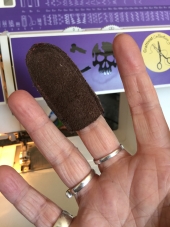









 1
1




dawn west wrote:Inge, How long were your pieces of bark? Were you going for thin long strips? I can not even see where you joined the strands. The thinner fine strands are what I want to use when I make the basket. Your twine looks great.
"Also, just as you want men to do to you, do the same way to them" (Luke 6:31)
 8
8




Check out the plans to build your own charka-style spinning wheel from bicycle parts
Explore the intersection of permaculture, community, and the cycle of life at Herland Forest Natural Burial Cemetery and the Windward Education and Research Center
I hereby certify that this badge bit is complete!
 2
2




r ranson wrote:Would two 12 foot lengths qualify or does it need to be one, 20 foot length?
Nicole Alderman wrote:You're the fibre expert, I say you decide. Are they the same difficulty?
r ranson wrote:The difficulty was how many nettles I had on hand at one time. I think I'll splice the two lengths together and make one 24 foot length. That would fit the wording of this BB.




Nicole Alderman wrote:Opalyn, would you be able to splice the two lengths together? I wasn't sure when I saw your BB if it was okay to have two separate lengths that equaled 20, or if it had to be a 20-foot length.
Check out the plans to build your own charka-style spinning wheel from bicycle parts
Explore the intersection of permaculture, community, and the cycle of life at Herland Forest Natural Burial Cemetery and the Windward Education and Research Center
 7
7




Blog: 5 Acres & A Dream
Books: Kikobian Books | Permies Digital Market
I hereby certify that this badge bit is complete!
 6
6




He whai take kore noa anō te kupu mēnā mā nga mahi a te tangata ia e kōrero / His words are nothing if his works say otherwise
Inge Leonora-den Ouden approved this submission.
Note: beautiful cordage and interesting info on the material
 5
5




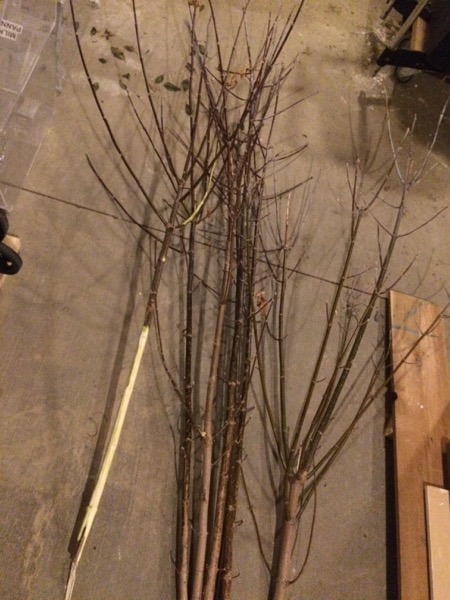
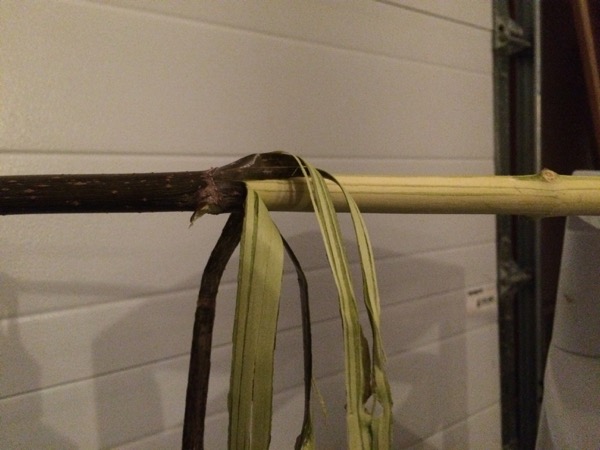
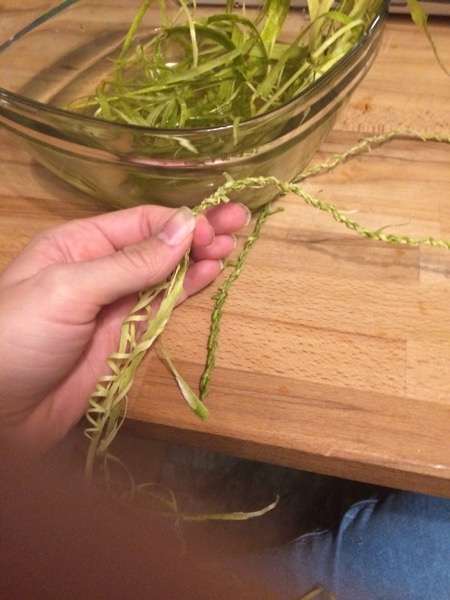
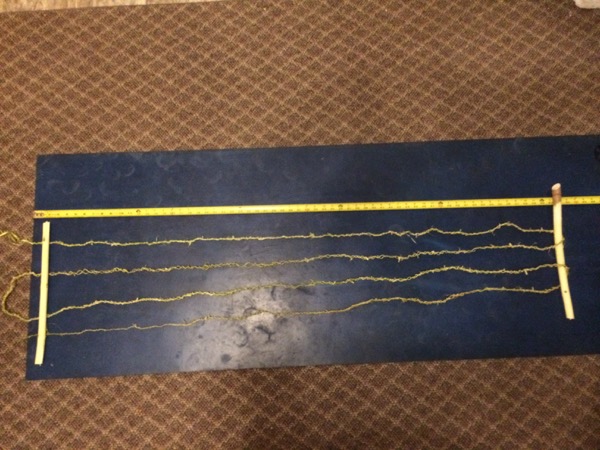
Leigh Tate approved this submission.
Note: Very nice.






 3
3





"Also, just as you want men to do to you, do the same way to them" (Luke 6:31)
 1
1





| I agree. Here's the link: http://stoves2.com |


